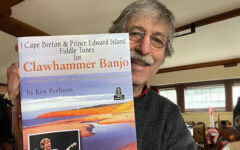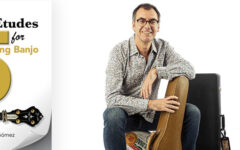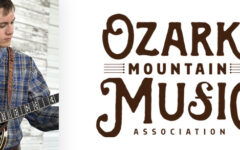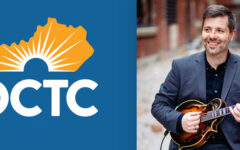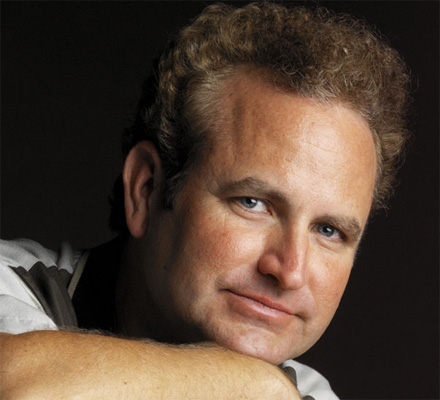
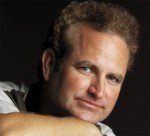 This is the last of a four-part series on practicing. I hope you enjoyed the thoughts of Ron Block, Bryan Sutton, Matt Glazer, and Alan Munde. I like listening to people who are dedicated to their craft and who haven’t lost sight of the fact that putting your fingers in the right place at the right time is hard.
This is the last of a four-part series on practicing. I hope you enjoyed the thoughts of Ron Block, Bryan Sutton, Matt Glazer, and Alan Munde. I like listening to people who are dedicated to their craft and who haven’t lost sight of the fact that putting your fingers in the right place at the right time is hard.
We mainly discussed practicing in regard to playing music, but I’ve started applying some of their suggestions to writing.
This morning, I wrote with a metronome set at 159 bpm. I noticed that, at that speed, adjectives and adverbs tend to disappear.
I’m also writing sentences over and over. Today I wrote, “All work and no play makes Jack a dull boy,” 3,000 times. When Janet looked over my shoulder, she slowly backed out of the room, but I think I’m getting better.
Speaking of Janet, I (and a lot of other people) think she’s one of the best teachers in the world. When we teach harmony singing together, while I’m busy trying to get people to like me, she actually gets them to do things they didn’t think they could do—like sing harmony. Likewise for her banjo students.
So, I snuck into her office and stole her compilation of practice tips.
The boldface text below is Janet’s. The bald-faced bull is mine.
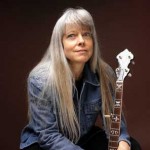 Janet Beazley’s Practice Tips
Janet Beazley’s Practice Tips
• Set specific goals—lofty large ones (long term) and simple small ones (short term).
My lofty goal is to become the Stuart Duncan of the nose flute. My simple one is to buy a nose flute.
• Set a locale—a room or corner of a room that stays set up for practicing and nothing else.
Alan Munde suggested keeping your banjo by your bed, but that only led me to stick my foot through the head one morning. I rented a small condo on Santa Catalina island for my practicing. Just need a boat now.
• Set a routine—develop a practice regimen that covers warmup, technique fundamentals, and tunes, but that is also flexible.
Wah, wah, wah, wah, wah . . . flexible.
• Play frequently—short, focused sessions are more productive than infrequent long sessions.
That’s my problem—those long practice sessions.
• Stay focused and listen—don’t reinforce sloppy playing.
Can I still watch Pawn Stars re-runs while I practice?
• Stay relaxed and breathe—stop if anything starts to hurt.
Stop breathing? Oh. . . .
• Practice slowly, gradually increasing speed in small increments (use metronome to monitor tempos).
Tone, taste, and timing—which one do you want?
• Use a metronome to monitor good rhythm and timing.
I don’t have a metronome. Will a radar gun work?
• Use the metronome creatively—make sure it’s loud enough to hear clearly over your own playing, and is clicking frequently enough (on beat subdivisions).
I like to start metronomes and put them in people’s luggage before they fly. Is that creative enough?
• To solve a technical problem, create a short exercise out of it, repeat (loop it), then plug it back into its musical context and practice playing it smoothly.
Does this require a flat-head or Phillips screwdriver?
• Practice right- and left-hand elements separately.
Finally, a way to eat Bugles and practice at the same time.
• Try to find the most efficient fingering on the neck: be beware of underlying chord shapes and let each note ring as long as possible, that is, lift each finger at the last instant.
This will increase your score in Guitar Hero as well.
• Learn the chords (and melody and lyrics) to all your solos.
I can’t even remember the lyrics to songs I wrote.
• Practice with straight timing to woodshed technical problems—without “bounce” or “swing.”
I googled “woodshed” and came up with the Woodshed Lounge in Anchorage. I think cocktails while practicing is a great idea.
• Don’t stop and start obsessively—play slowly enough to play smoothly. If you make a mistake try to recover before you stop playing.
Does saying into the mic, ‘Is this thing on?’ count as recovering?
• Sometimes start from the end of a piece and work backwards in short phrases.
Turns out Foggy Mt. Breakdown slowed down and backwards is Girl from Ipanema.
• Get away from tab—memorize short phrases and pay attention to musical patterns in the fingerboard.
I have to disagree with Janet here. The whole purpose of playing music is to compile notebooks full of tab.
• Anticipate. Think a little ahead of where you actually are in the music.
I do that already. While I’m soloing, I think about what the words to the next verse might be, why the old guy in the fishing cap is folding up his lawn chair, and where we’re eating after the gig.
• Stay mindful of right- and left-hand musical ideas and patterns that can be applied to other songs (“aha!” moments).
My “aha!” moment came when I realized I should have applied to that trucking school.
• Pay special attention to seams: transitions from backup to a break, break into backup, kickoffs, ending tags, etc.
Those are the places I like to put in chromatic scales. Always cracks up the audience.
• Record yourself—desensitize ego to being self-critical.
I’ve heard myself before and that’s not something I want to make a habit of. I prefer to sound like what I think I sound like rather than what I sound like.
• Practice in a mirror to check hand position and posture.
I would, but the guy in the mirror is left-handed.
• Try new music tools—Amazing Slow Downer, Band in a Box, GarageBand, etc.
Words with Friends, World of Warcraft, AutoTune . . .
• Play to CDs of great bands with killer timing (slow it down if necessary).
I sound great doing that, especially if I really crank it so I can’t hear myself.
• Practice different dynamics, (but stay crisp and watch your timing/tempo).
I only have one dynamic: 11.
• Listen critically but not negatively—watch self talk.
By “negatively” do you mean flinging the banjo off the cliff at the 6th hole at Torrey Pines in a flurry of expletives? Yeah, I should probably watch that.
• Build your own sound and style by listening to a variety of good music. Remember you’re studying music, not just The Banjo, or The Mandolin, etc.
There’s music other than bluegrass?
Chris Stuart will be testing lawn chairs and playing on Labor Day weekend at the Mammoth Bluegrass Festival. Blue Yodel will return Monday, September 10.

